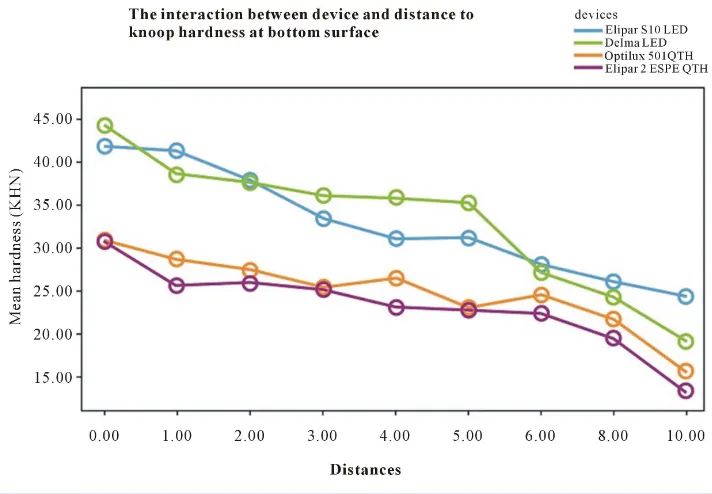The Effect of the Light Intensity and Light Distances of LED and QTH Curing Devices on the Hardness of Two Light Cured Nano Resin Composites
Full text
Figure
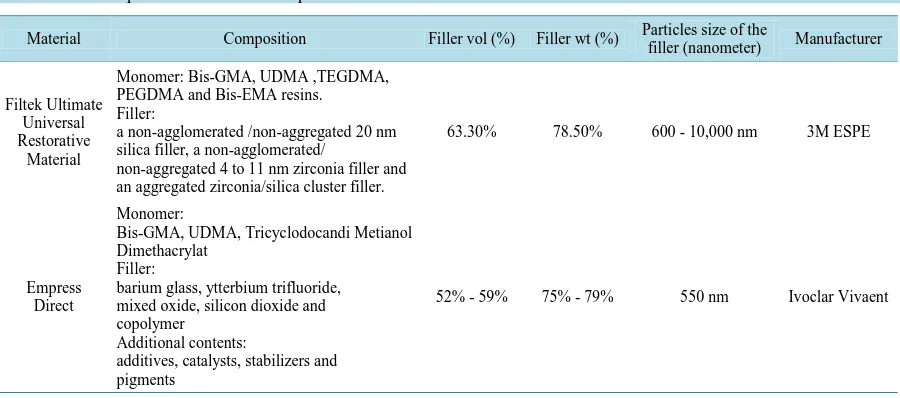
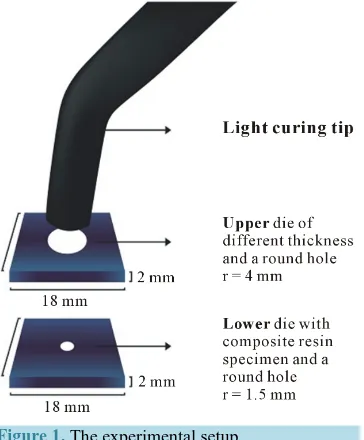
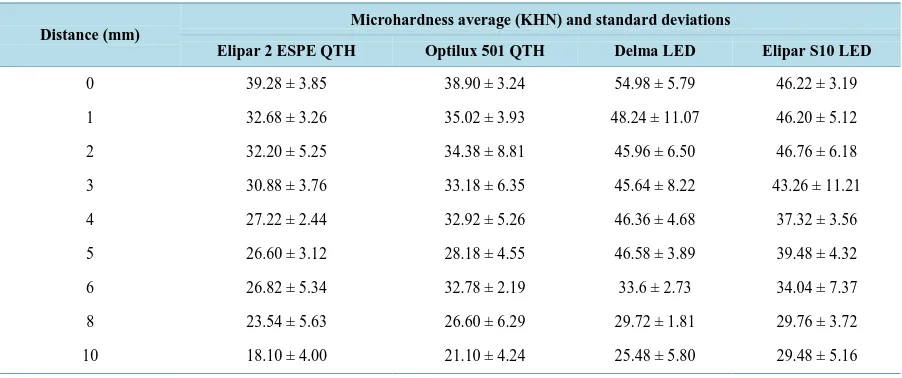
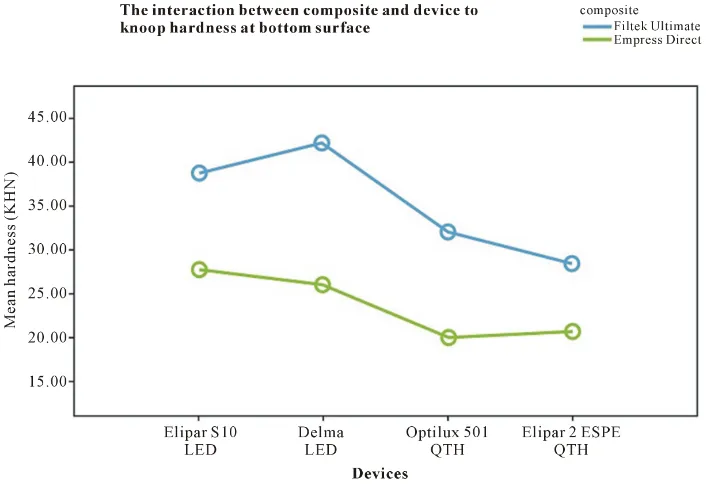
Related documents
O’Brien and Pike’s (2015) analysis of the existing City Deals in England initiated by the Coalition Government however, contends that this process has in fact
National Conference on Technical Vocational Education, Training and Skills Development: A Roadmap for Empowerment (Dec. 2008): Ministry of Human Resource Development, Department
19% serve a county. Fourteen per cent of the centers provide service for adjoining states in addition to the states in which they are located; usually these adjoining states have
Marie Laure Suites (Self Catering) Self Catering 14 Mr. Richard Naya Mahe Belombre 2516591 info@marielauresuites.com 61 Metcalfe Villas Self Catering 6 Ms Loulou Metcalfe
vtkUnstructuredGrid (unstructured).. pvti) —Parallel vtkImageData (structured). pvtp) — Parallel vtkPolyData (unstructured). pvtr) — Parallel
However, including soy- beans twice within a 4-yr rotation decreased cotton seed yield by 16% compared to continuous cotton across the entire study period ( p < 0.05); whereas,
The rationale behind the content analysis of the LAL along the three components of assessment knowledge was to juxtapose the domain of the test with that of the
Drains designed for carrying storm water runoff run full during off season primarily carrying sewage and solid waste.. Thereby drains cannot carry surface runoff
